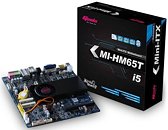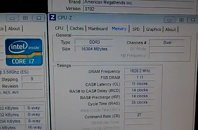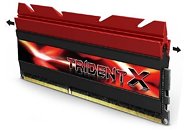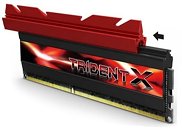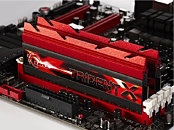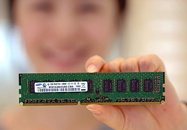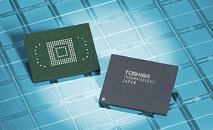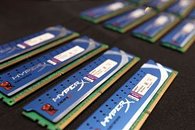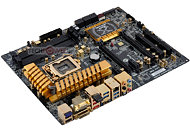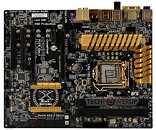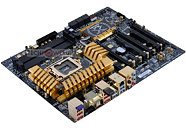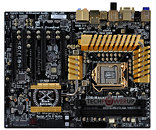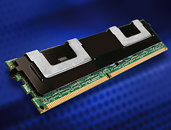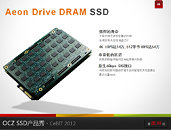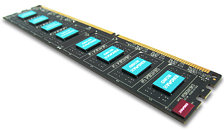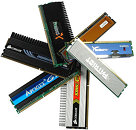KINGMAX Launch a Series of Industrial Solution in ESEC
Embedded System Expo (ESEC) Japan 2012 will hold during May 9th to May 11th in Tokyo, and KINGMAX will demonstrate its series of industrial grade of FLASH storage products - SSD (Solid Sate Drive), memory cards, DRAM and embedded memory - on the booth WEST11-65. Leveraging more than 20 years of DRAM and FLASH expertise in R&D and manufacturing, KINGMAX will present a complete series of industrial solution which is not only at latest specification but also has been undergone strict reliability test and verification to ensure the most stable quality.
KINGMAX Group is the world first memory module manufacturer owning IC packaging and testing facilities, and has long been committed to the innovation of the best memory module solutions. Leveraging years of R&D and manufacturing competency, KINGMAX first-launched Industrial products include three categories: Industrial Storage, Industrial Memory and Embedded Memory. First, KINGMAX will exhibit a series of industrial SSD, including SATA III and SATA II SSD-both withstand wide operation temperature(-40℃~ 85 ℃. KINGMAX will also release mSATA SSD and Half-Slim SSD for Ultrabook and small form factor embedded systems.
KINGMAX Group is the world first memory module manufacturer owning IC packaging and testing facilities, and has long been committed to the innovation of the best memory module solutions. Leveraging years of R&D and manufacturing competency, KINGMAX first-launched Industrial products include three categories: Industrial Storage, Industrial Memory and Embedded Memory. First, KINGMAX will exhibit a series of industrial SSD, including SATA III and SATA II SSD-both withstand wide operation temperature(-40℃~ 85 ℃. KINGMAX will also release mSATA SSD and Half-Slim SSD for Ultrabook and small form factor embedded systems.

